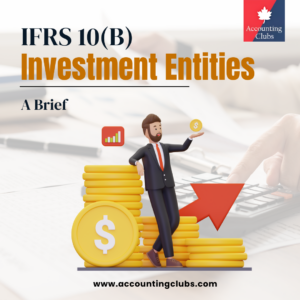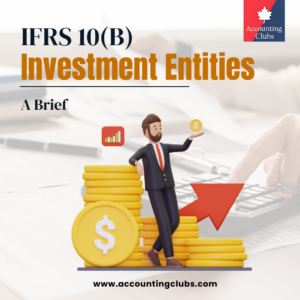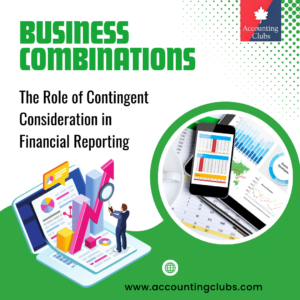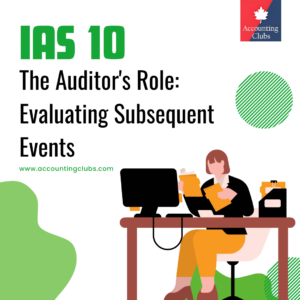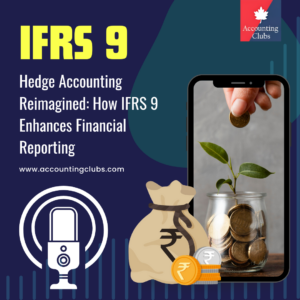Equity Accounting
Application of the basic principles of equity accounting
Entity A acquired a 30% interest in entity C and achieved significant influence. The cost of the investment was C250,000. The associate has net assets of C500,000 at the date of acquisition. The fair value of those net assets is C600,000, because the fair value of property, plant and equipment is C100,000 higher than its book value. This property, plant and equipment has a remaining useful life of 10 years. After acquisition, entity C recognised profit after tax of C100,000 and paid a dividend of C9,000 out of these profits. Entity C also recognised exchange losses of C20,000 directly in other comprehensive income. Entity A’s interest in entity C at the end of the year is calculated as follows:
C
Balance on acquisition under the equity method (including goodwill of C70,000 (C250,000 – (30% × C600,000)) 250,000
Entity A’s share of entity C’s after-tax profit (30% × C100,000) 30,000
Elimination of dividend received by entity A from entity C (30% × C9,000) (2,700)
Entity A’s share of entity C’s exchange differences (30% × C20,000) (6,000)
Entity A’s share of amortisation of the fair value uplift (30% × C10,000) (3,000)
Entity A’s interest in entity C at the end of the year under the equity method (including goodwill) 268,300
Entity C has net assets at the end of the year of C571,000 (that is, net assets at the start of the year of C500,000, plus profit during the year of C100,000, less dividends of C9,000, less foreign exchange losses of C20,000).
Entity A’s interest in entity C at the end of the year is made up of:
C
Entity A’s share of entity C’s net assets (30% × C571,000) 171,300
Goodwill 70,000
Entity A’s share of entity C’s fair value adjustments
(The initial fair value difference of C100,000 has been reduced by C10,000, due to depreciation in the year)
(30% × C90,000) 27,000
Entity A’s interest in entity C 268,300
Types of equity accounting adjustment
The types of adjustment that might be necessary cover the following matters:
- Recognising goodwill and dealing with fair value adjustments arising on the associate’s or joint venture’s acquisition.
- Achieving consistent accounting policies.
- Eliminating the effects of transactions with associates or joint ventures: Profits and losses included in assets.
- Inter-company trading transactions.
- Long-term loans to associates or joint ventures.
- Distributions from associates or joint ventures.
- Translating the results of associates or joint ventures with a functional currency different from the entity’s presentation currency.
Methods of obtaining an equity stake
An entity might have an investment in another entity that becomes an associate in a number of ways, for example: The entity acquires more than 20% of the voting rights of the other entity outright. The entity acquires an additional investment in an undertaking, to bring its voting rights to over 20%. The entity has an investment of over 20%, but previously did not have board representation or significant influence over the financial or operating policy decisions of the undertaking. It then gains significant influence. An entity might also increase its stake in an existing associate, continuing to have significant influence but not gaining control.

